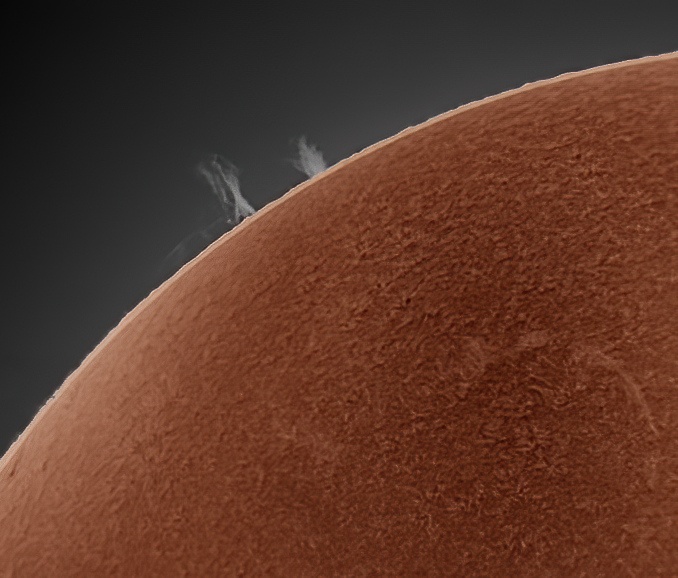A new study suggests that Solar Cycle 25 may be more powerful than previously predicted.
It’s the big question in solar astronomy for 2021 and the new decade. Will Solar Cycle 25 wow observers, or be a washout? A new study goes against the consensus, suggesting we may be in for a wild ride… if predictions and analysis of past solar cycle transitions hold true.
The last Solar Cycle 24 was a historic under-performer, starting from early 2011 (based on the termination of Cycle 23). This lackluster cycle produced a sunspot number of just 116, and featured a year (2019) with over 281 spotless days (that’s 77% of the year) for the Earthward face of the Sun, the longest dearth of sunspots in over century.
Many solar astronomers thought Solar Cycle 25 would follow suit… or be absent all together, in a new sort of profound lingering solar minimum. In September of last year, NASA and the National Oceanic and Atmospheric Administration (NOAA) convened the Solar Cycle 25 Prediction Panel and echoed this sentiment, using solar physics models to predict that Solar Cycle 25 would be a weak one as well.
Or will it? A new study entitled – Overlapping Magnetic Activity Cycles and the Sunspot Number: Forecasting Sunspot Cycle 25 Amplitude published in the November 2020 issue of Solar Physics shows that all may not be what it seems when it comes to our host star. Specifically, National Center for Atmospheric Research (NCAR) scientists in the study looked at 270 years of sunspot numbers, using a mathematical analysis. What they found is that the earlier a cycle terminates, the stronger the next cycle tends to be, once it’s in full swing. With a solar minimum occurring just under nine years later for Cycle 24 in December 2019, This new analysis suggests that Solar Cycle 25 may see solar and sunspot activity returning with a vengeance. The last time we had a short nine-year termination was Cycle 18 in the 1950s, which was then followed by Solar Cycle 19, one of the strongest in the 20th century.
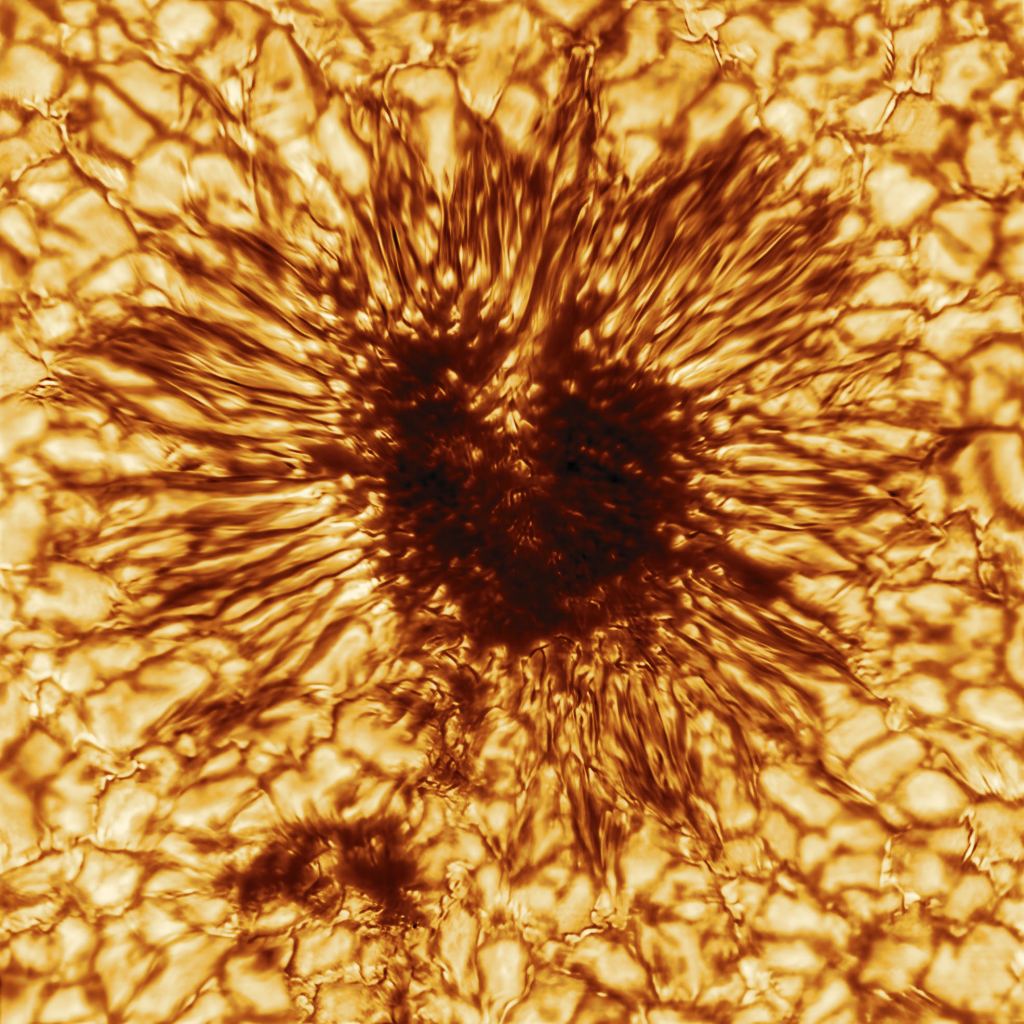
“Cycle 25 has definitely started and most traces of 24 are gone,” National Center for Atmospheric Research scientist and lead author on the study Scott McIntosh told Universe Today. “Cycle 25 will likely be above average – definitive predictions must wait until the terminator (event) occurs.”
Sunspots of differing cycles can mix near the minimum, making the exact termination point of a cycle indistinct. Solar astronomers verify a given sunspot group’s membership by its latitude and polarity. Right now, researchers hope to mark a formal end to Cycle 24 in 2021 to make a definitive prediction of solar cycle 25 amplitude.
“(The termination point) is a measure of how strongly the the magnetized bands of the Hale Cycle will interact,” says McIntosh. “Strong interaction leads to more overlap and weaker cycles. Weaker interaction leads to less overlap and stronger cycles. Interestingly, 11 years of a terminator separation will lead to an ‘average’ sized cycle. At February 2021 we’ll be at 10 years.”
Observations of the 11-year solar cycle (one half of the 22-year Hale cycle, allowing for the time that it takes the same hemisphere of the Sun to return to the same polarity between flips) is one of the longest unbroken astronomical records, going back over several centuries. The current numbering for the solar cycle series goes back to 1755.
The sunspot number is derived as a weighted average. This is also known as the Wolf Number, as the system for calculating sunspot numbers counting goes back to astronomer Johann Rudolf Wolf in 1848. This system was refined recently in 2015 by the Sunspot Index and Long-Term Solar Observations (SILSO) based out of the Royal Observatory in Brussels, Belgium. In 2013, University of Michigan researchers at Ann Harbor suggested that raw sunspot numbers may not be the only or even best way to measure the current state of the solar cycle. Instead, researchers suggested that the strength and orientation of the Heliospheric Current Sheet may be a better indicator for solar health.
Sunspots in a new cycle typically start at high solar latitudes, and work their way towards the solar equator later in the cycle in what’s known as Spörer’s Law. You can actually map this out by latitude versus time and construct a butterfly diagram of each solar cycle:
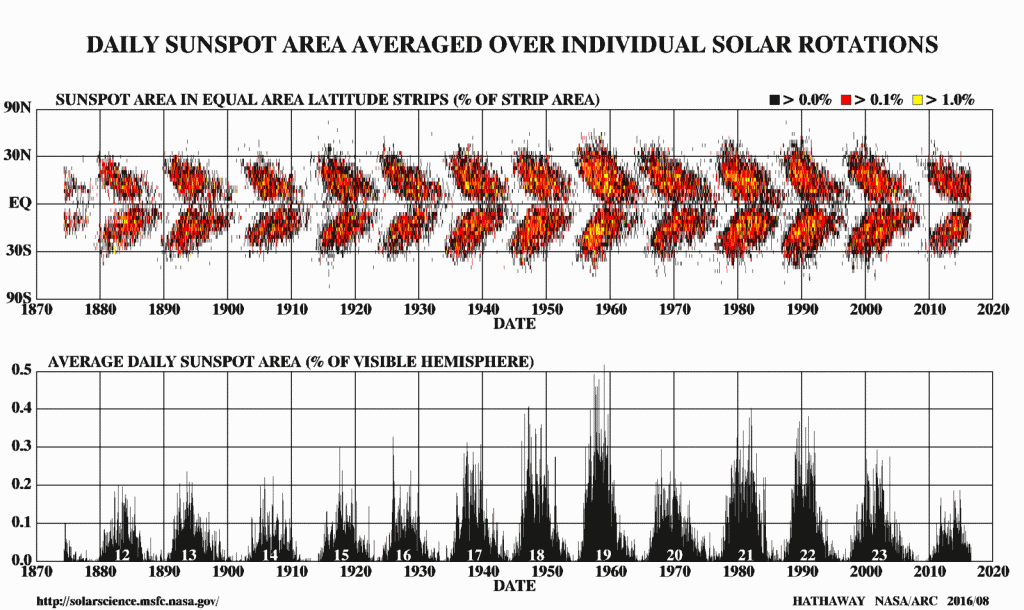
Will Solar Cycle 25 be a powerful one? The great news is, we may not have to wait long into 2021 to know which model is correct. We did, in fact, have one of the largest sunspots in recent years visible at the end of 2020… only to have the Sun fall silent through the very beginning of 2021.
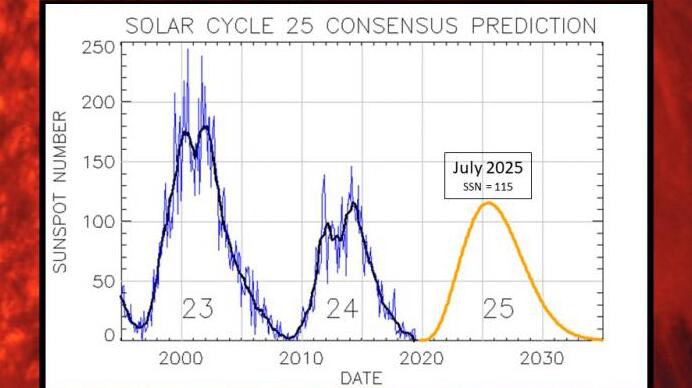
“We still do not have a full understanding of the physical origin of the solar cycle,” NCAR/High Altitude Observatory research solar scientist Giuliana de Toma (who was not part of the study) told Universe Today. “Time will tell if it is correct. The strength of Solar Cycle 25 is a very important test for this new theory. Most prediction schemes predict a weak Solar Cycle 25, including ones that use the strength of the Sun’s polar magnetic fields at solar minimum as an indicator of the strength of the next cycle. if Solar Cycle 25 is indeed a strong cycle, it will seriously question this older and popular approach, which has given the correct prediction for four cycles.”
Solar Missions to Watch
This time around, humanity is poised to study the Sun like never before. NASA’s Solar Dynamics Observatory (SDO) the venerable joint NASA/ESA Solar Heliospheric observatory mission (SOHO), STEREO-A, the Parker Solar Probe and the joint NASA/European Space Agency Solar Orbiter mission are all in space, studying the Sun. The role of solar activity near the poles (a place where sunspots are rarely seen) is particularly intriguing… Solar Orbiter will provide low-angle views of the poles near the next solar maximum, starting in 2025. NASA’s Solaris mission was also selected for a concept study recently, and would also target the solar poles if it launches around 2025 for a nominal five year mission.
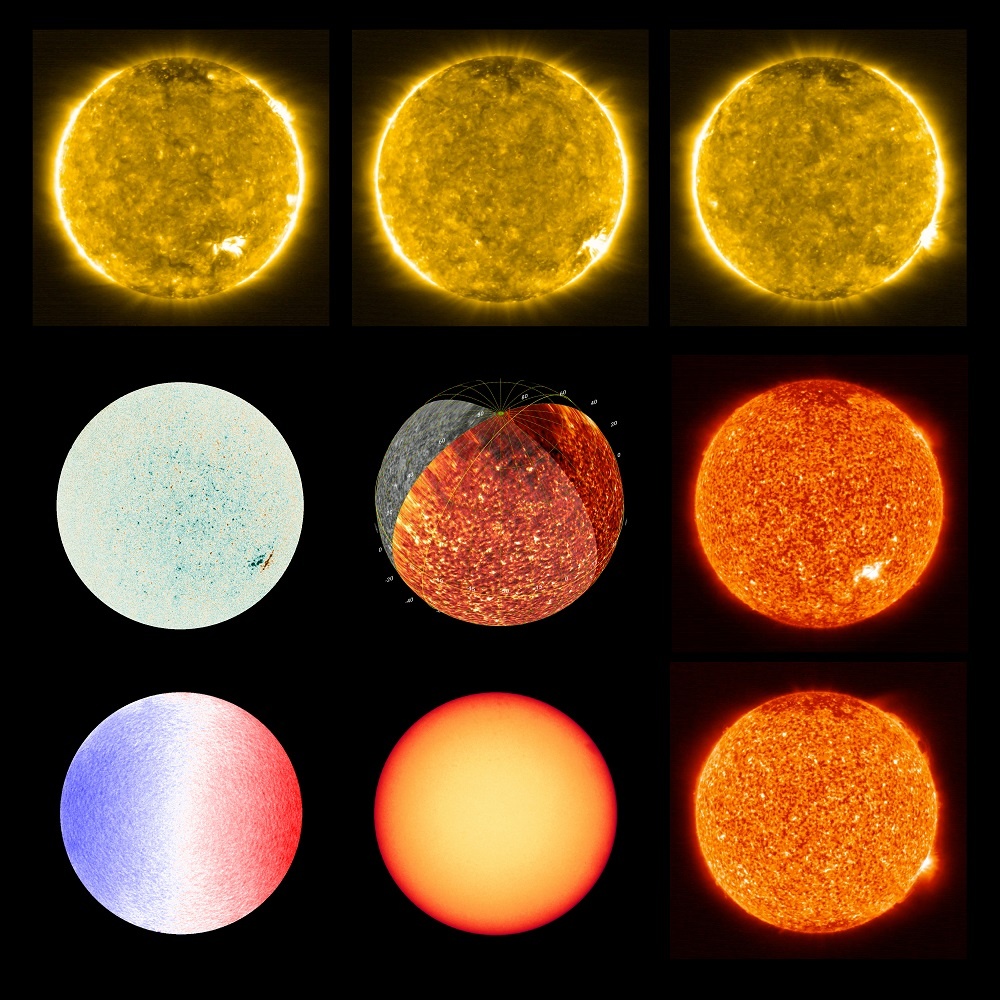
Knowing what the Sun is doing is also crucial, as the Artemis initiative to return humans to the Moon ramps up in coming years. There’s actually a push-pull battle when it comes to solar activity versus incoming cosmic rays: high solar activity pushes the local solar bubble out, making for less cosmic ray bombardment… the reverse is true when the Sun is at a minimum, but of course, then astronauts have to then contend with dangerous solar flares. The first two experiments planned for the Moon-orbiting Lunar Gateway will measure cumulative radiation exposure in the near-lunar environment, as will experiments aboard NASA’s Commercial Lunar Payload Services’ (CLPS) Astrobotic Lunar Peregrine Mission One and Intuitive Machines Nova-C lander, which will bring similar experiments to the lunar surface this summer.
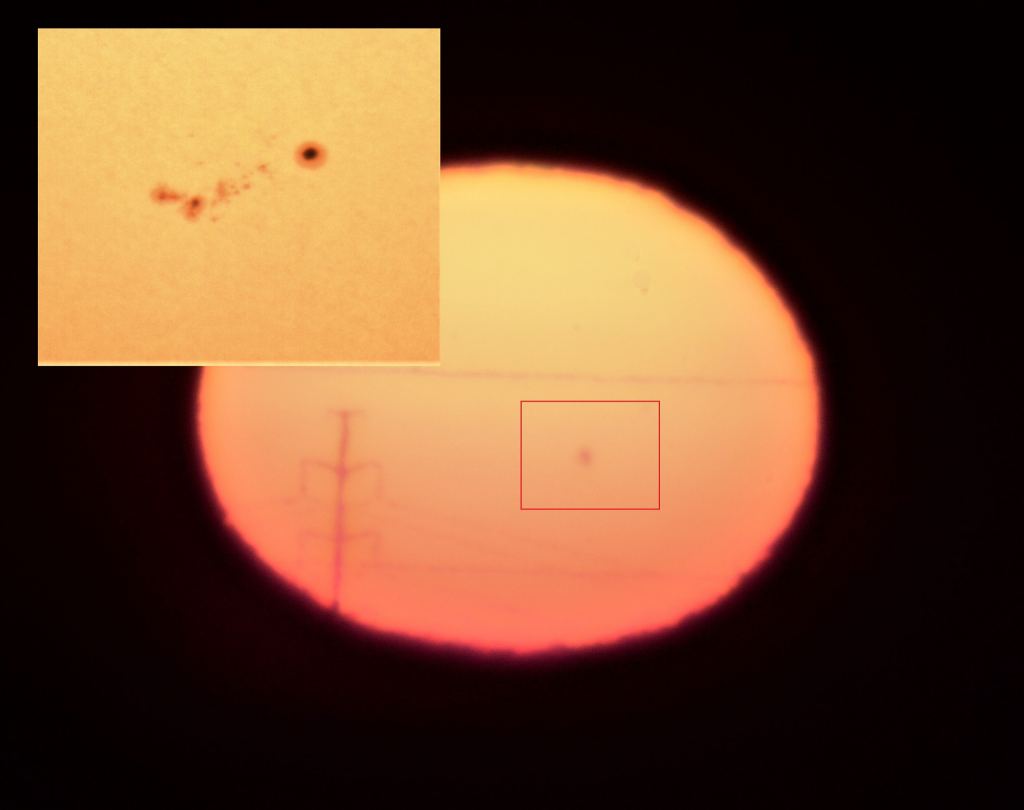
For solar observers, this may mean more solar prominences, sunspots and aurorae to watch out for in the coming years. Whether the next solar cycle fizzles or dazzles, its always worth keeping tabs on our host star, the only sun we have to study close up.
Lead image credit: One of the first prominences of 2021. Credit: Roger Hutchison.

